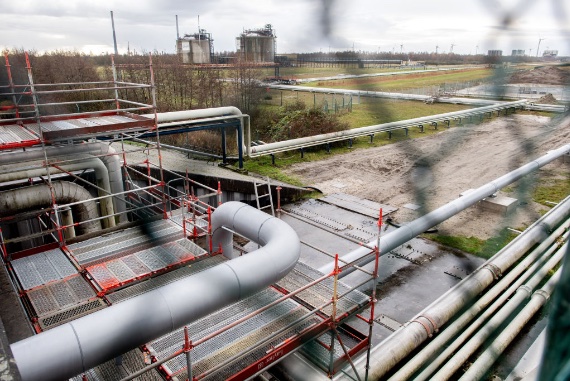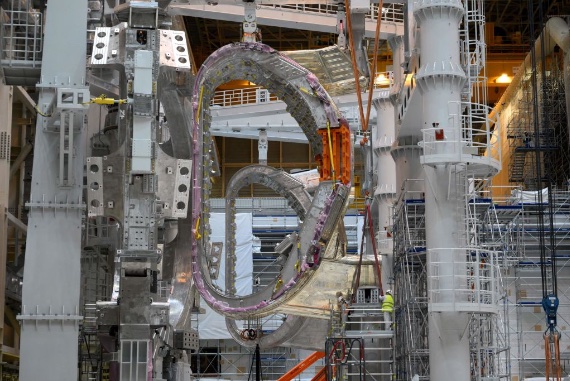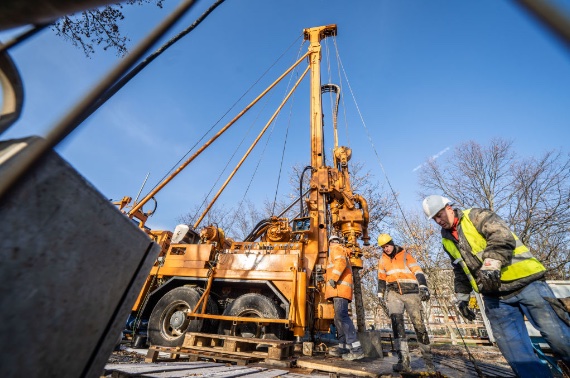While energy remains a hot topic—much like geopolitics in the wake of the war in Ukraine—the coming year will see a return to traditional themes, such as the holy grail of a cheaper, cleaner and more powerful battery. But other pressing energy issues will also be on the agenda.
Geopolitics is back: the new European ‘trilemma’
It is like the new version of squaring the circle, the urgent need to reconcile sustainable development with economic development—ultimately paying for the energy transition and funding the necessary R&D—while at the same time ensuring a reliable and high-quality energy supply to consumers across Europe.
“If we opt for one of the three factors, we run the risk of neglecting the other two and losing the battle for sustainability. We cannot settle for a secure and relatively cheap but environmentally dirty supply, nor can we accept a clean supply at the cost of neglecting security and/or costs,” explains Mariano Marzo, Professor Emeritus of Earth Sciences at the University of Barcelona.

According to analysists at BloombergNEF, the factors in the ‘trilemma’ are shifting, and during 2023, in the shadow of a prolonged war, supply will take precedence: “Now we live in a world where clean energy is the affordable option, and energy security comes with a higher price tag.” In this precarious balance, the analysists weigh the pros and cons. The upsides include the expected global growth in clean power generation to 18% this year, its falling costs and the progress of favourable policies such as the US Inflation Reduction Act, which they describe as “the single most consequential development in the global energy transition last year.”
On the downside, geopolitical tensions. Growing competition between blocs—notably the US, China and the EU—for the global renewables business could slow its expansion. The big players seek not only economic profit, but also security of supply as a new dominant factor.
Nuclear fusion, a milestone in quotes
“Fusion is only 20 years away, and it always will be,” goes the old joke about this perennial promise of clean and inexhaustible power generation. In late 2022, a news story seemed to challenge that cynicism: for the first time, a fusion reaction—the fusing of two atomic nuclei into one—produced more energy than was consumed to achieve it. The feat made headlines, no doubt helped by a public hungry for good news amidst an avalanche of negative stories.

The subsequent calls for caution seem to have had less media impact. While the accomplishment is indeed a major milestone, there are some important caveats, as Enrique Nácher and José Luis Taín, CSIC researchers at the Institute of Corpuscular Physics in Valencia, Spain, point out. It is true that the Livermore National Laboratory (USA) managed to double the amount of energy generated compared to similar experiments, but the balance is no longer positive when the energy consumed during the preparation of the experiment is introduced into the formula. Put schematically, the experiment consisted of firing particles through a laser beam; however, firing the 192 high-energy beams consumed “about 100 times more energy than was produced during fusion,” the researchers say. According to Nature, there is plenty of room for improvement: the lasers consumed 322 megajoules of energy to harvest 3.15 megajoules for a few nanoseconds.
Nevertheless, this is a quantitative advance on the way to being a qualitative one, a demonstration that no physical law prevents viable fusion, as UNED’s Energy Engineering Department points out. But this doesn’t address one of the greatest technological challenges facing human science: how to stabilise fusion for industrial production—engineering does not scale linearly and a machine ten times bigger can be 100 times more complex, according to UNED—and also how to sustain its epic investment in the long term, when simpler and cheaper alternatives may emerge.
Simpler and cheaper alternatives
Geothermal energy is also seen as a promising source of energy, although unlike fusion it is a realistic and established sector. According to the International Geothermal Association, there are currently around 600 such plants in operation or being built, from cities such as Munich and Paris to countries such as Italy and Turkey. This mature technology uses the brute force of drill bits to reach the Earth’s heat to generate steam and drive electric turbines.
Major milestones for the geothermal industry were achieved in 2022, which are expected to make headlines in 2023. Massachusetts Institute of Technology (MIT)-affiliated company Quaise Energy has developed a new technique to create the world’s deepest holes and extract geothermal energy by vaporising the rock, rather than relying on traditional drilling methods. The company uses a powerful gyrotron as a boring machine that emits high-energy microwaves to literally pulverise the rock, which becomes harder and hotter at greater depths. Suddenly, an industry is emerging—geothermal energy—which promises the previously impossible: wells 20 kilometres deep that could tap an inexhaustible source of heat.

No longer would it be necessary to locate scarce enclaves of surface heat, such as volcanic areas. “By drilling to [16 kilometres] underground, we can hit economic temperatures [anywhere],” one of Quaise’s co-founders told a TEDX talk. Boring these deep holes next to industry and population centres would make them ubiquitous and equitable. The technique could take advantage of technology and personnel from other drilling sectors—especially oil and gas—and be adapted to conventional power plants without major infrastructure investments. The company is even promising a pilot plant as early as 2026.
Its weaknesses? No matter how much MIT is backing it, the technique is still limited to basically a single attempt, and at the moment, according to some experts, not even Quaise knows for sure how a gyrotron will behave at 20,000 metres underground.
The appeal of self-consumption
Faced with a scenario that threatens to lead to skyrocketing electricity prices in the long term, the use of self-consumption by businesses and households is also on the rise. According to industry data collected by the National Securities Market Commission (CNMV), installed capacity in Spain could exceed expectations and double by 2030. The fact that the photovoltaic industry estimates that there is a shortage of no less than 50,000 installers also illustrates the boom.

However, as is often the case with such rapid expansions, there can also be a certain lack of control. Santiago García, technical director of Renovetec, an energy engineering services company, provides information that is often unknown to end users: the fact that solar panel factories classify their products into three quality grades: A, perfect, with no anomalies; B, around 30% cheaper due to defects that don’t affect their generation capacity; and C, sold at discounts of up to 80% because of problems—microcracks in the cells, for example—that affect their generation capacity and, as they worsen over time, reduce their useful life.
García says that in his work he has come across cases where the company installing the solar panels has cheated the homeowner by installing C-quality solar panels instead of A-quality ones. He recommends that consumers stick to the top brands of photovoltaic panels and review the comparisons between them. They should also ask the distributor or installer for proof of the quality of the product, including the labels applied at the factory, and also carry out an efficiency test—a measurement of the IV curve (intensity and voltage)—to ensure that everything is working correctly and in accordance with the quality grade.
Juan Pablo Zurdo
Comments on this publication